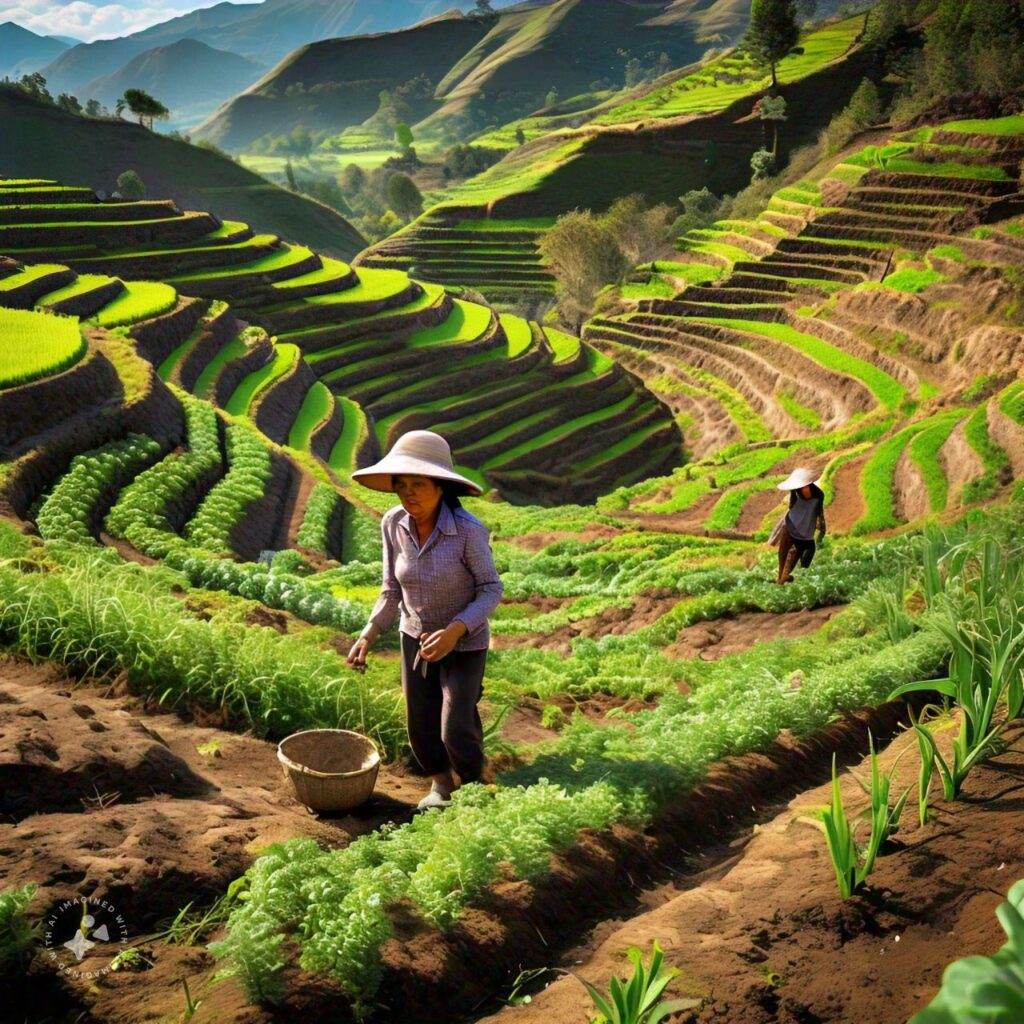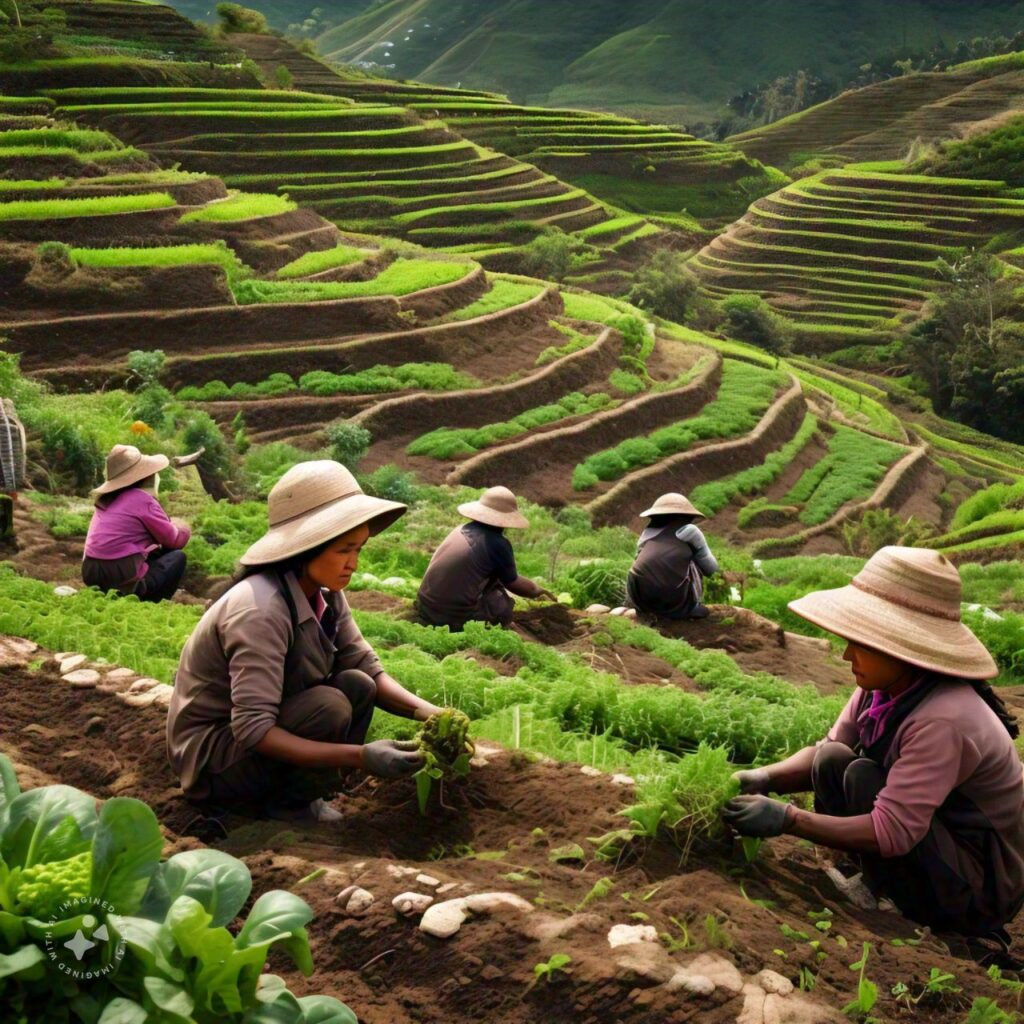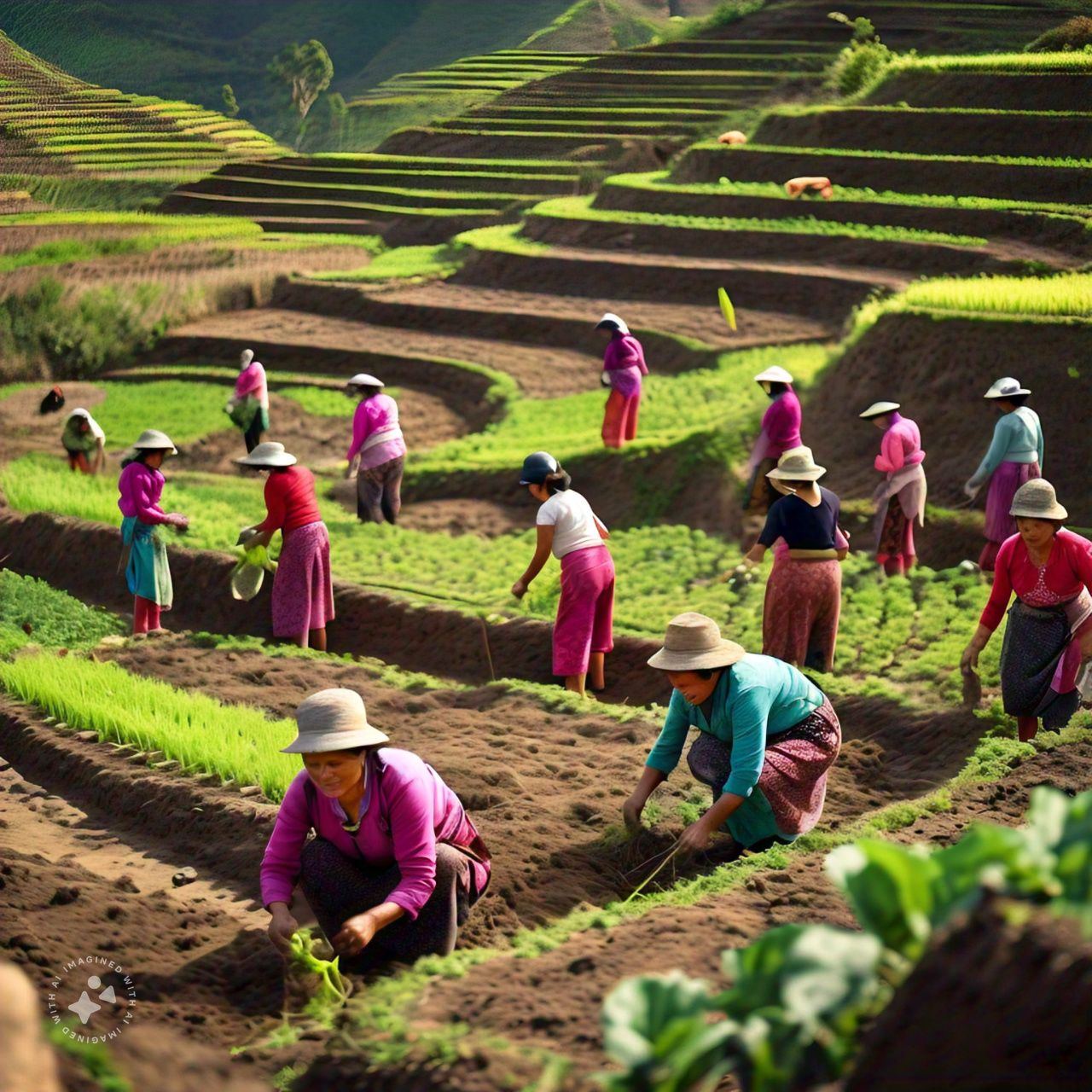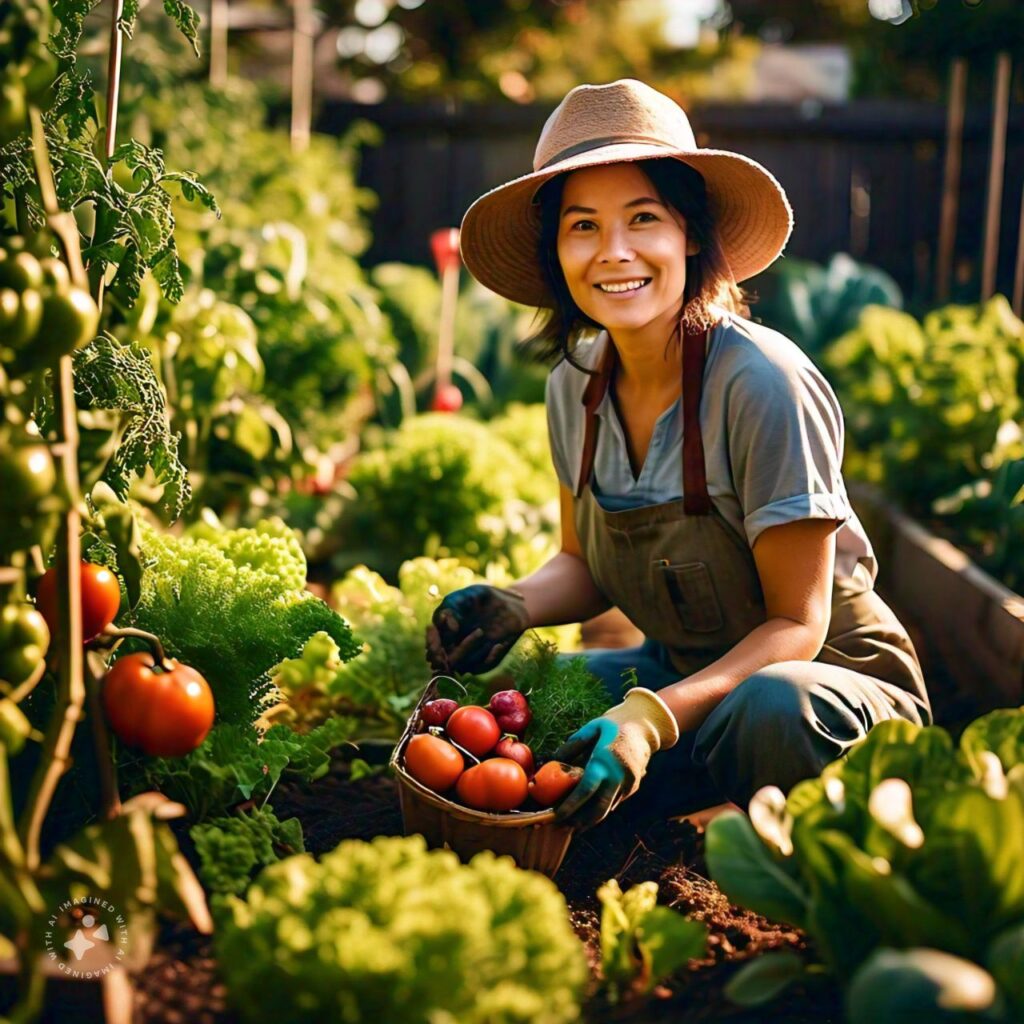Introduction
Terrace farming, a practice that dates back thousands of years, plays a crucial role in sustainable agriculture. This method is particularly effective in hilly or mountainous regions, where the gradient of the land makes conventional farming difficult. By converting steep slopes into a series of flat terraces, farmers can maximize their crop production, reduce soil erosion, and better manage water resources. In modern agriculture, terrace farming not only helps maintain soil fertility but also contributes to ecological balance.
What is Terrace Farming?
Terrace farming is a method of transforming a sloped landscape into a sequence of step-like platforms. These terraces are strategically designed to reduce the velocity of water runoff, which in turn helps prevent soil erosion and increases water retention. Each terrace acts as a small leveled farm area where crops are planted, creating a highly efficient use of uneven land.
The terraces are separated by earth or stone walls that provide structural support. Over time, this practice has proven to be one of the best solutions for sustainable farming in challenging terrains, as it allows cultivation even in areas with very little flat land.

History and Global Importance
Terrace farming has been used for centuries by civilizations around the world. Some of the earliest and most famous examples can be found in Inca agriculture in Peru, particularly at Machu Picchu, and in the rice paddies of Southeast Asia. In these regions, farmers developed intricate irrigation systems that allowed them to thrive in landscapes that were otherwise deemed inhospitable for agriculture.
Throughout history, terrace farming has played an essential role in feeding populations in regions with rugged terrain. Today, it remains crucial in many parts of the world, including China, India, and parts of Africa and South America, where it continues to support rural communities and preserve traditional farming practices.
How Does Terrace Farming Work?
The success of terrace farming lies in its ability to utilize the natural gradient of the land while minimizing erosion and nutrient loss. Here’s a closer look at how this process works:
- Creating the Terraces: The land is cut into a series of horizontal layers, like steps. These platforms are designed to slow down the flow of water, enabling it to sink into the ground rather than run off the slopes.
- Planting Crops: The crops are planted on the flat surfaces of the terraces. Because of the reduced water runoff, more water is absorbed by the soil, promoting better growth conditions for the plants. This also leads to increased crop yields.
- Water Management: Terrace farming incorporates sophisticated irrigation systems, which ensure water is distributed evenly across the terraces. Excess water drains down to the next terrace, reducing wastage and ensuring that no area is over-watered or flooded.
- Preventing Soil Erosion: The walls between terraces, usually made of stone or earth, act as barriers to erosion. When rainwater flows down the slope, these barriers slow down the water, preventing the displacement of fertile topsoil.
Advantages of Terrace Farming
Terrace farming offers several significant advantages, particularly in regions prone to difficult environmental conditions.
- Soil Conservation: By preventing the rapid runoff of water, terraces protect the soil from being washed away. This ensures the long-term fertility of the land, allowing farmers to grow crops year after year without significant soil degradation.
- Water Conservation: In areas with low rainfall, terrace farming helps to conserve water. The steps slow the flow of rainwater, allowing it to seep into the soil and remain available for the crops. This is particularly important in drought-prone regions.
- Maximizing Land Use: In hilly or mountainous regions where flat land is scarce, terrace farming makes otherwise unusable land arable. This practice helps to meet local food demands by significantly increasing the available farming area.
- Increased Crop Yields: Because terrace farming optimizes water usage and reduces soil erosion, it typically leads to higher crop yields compared to farming on sloped, non-terraced land. This is especially true for crops that require a consistent water supply, such as rice.

Challenges of Terrace Farming
Despite its many benefits, terrace farming is not without its challenges.
- Labor-Intensive: The construction and maintenance of terraces require significant labor. Building terraces is a time-consuming process that involves shaping the land, building retaining walls, and maintaining irrigation systems. Farmers in these regions often rely on manual labor due to the inaccessibility of machinery.
- High Initial Costs: The initial setup of terrace farming can be costly. Farmers need to invest in the materials and labor to build the terraces and irrigation systems. However, these costs are usually offset over time by increased productivity and sustainability.
- Risk of Terrace Collapse: In some regions, particularly those prone to heavy rainfall or earthquakes, terraces can be at risk of collapsing. This can lead to large-scale erosion and damage to crops. To prevent such disasters, terraces must be carefully maintained.
Types of Terrace Farming
There are various types of terrace farming, each suited to different environmental conditions and types of crops. The most common types include:
- Bench Terracing: This is the most common type of terrace farming and involves creating narrow, level platforms supported by earth or stone walls. It is used primarily in high-rainfall areas to prevent soil erosion and to grow water-intensive crops such as rice.
- Ridge Terracing: In ridge terracing, farmers build raised ridges along the contours of the land. This method is used in areas with moderate slopes and is ideal for growing crops like maize and wheat.
- Graded Terraces: These terraces are built at a slight gradient to facilitate water drainage. Graded terraces are often used in regions with excessive rainfall to ensure that water doesn’t accumulate on the terraces and damage the crops.
Best Crops for Terrace Farming
Different crops thrive in terrace farming based on the local climate and topography. Here are some of the best crops for terrace farming:
- Rice: In regions with ample water supply, such as Southeast Asia, rice is the primary crop grown on terraces. The flooded terraces create ideal conditions for paddy rice cultivation.
- Tea: In countries like India and Sri Lanka, terrace farming is widely used for tea cultivation. The terraces provide the perfect environment for the tea plants, which require well-drained soil and steady water availability.
- Grapes: In some parts of Europe, especially in Italy and Spain, terraces are used to grow grapes for wine production. The well-drained soil and ample sunlight on the terraces create optimal conditions for vineyards.
- Vegetables and Fruits: In smaller-scale terrace farms, crops like potatoes, carrots, and citrus fruits are commonly grown. The improved soil conditions and water management of terraces make them ideal for growing a wide range of vegetables and fruits.
Conclusion
Terrace farming is a remarkable example of human ingenuity in agriculture. It allows for the sustainable cultivation of crops in some of the most challenging environments on Earth. By preventing soil erosion, conserving water, and maximizing the use of sloped land, terrace farming ensures the long-term productivity of agricultural landscapes. Though it requires significant labor and maintenance, the benefits of this ancient farming technique far outweigh the challenges, making it an indispensable practice in many parts of the world.




Your writing is like a breath of fresh air in the often stale world of online content. Your unique perspective and engaging style set you apart from the crowd. Thank you for sharing your talents with us.